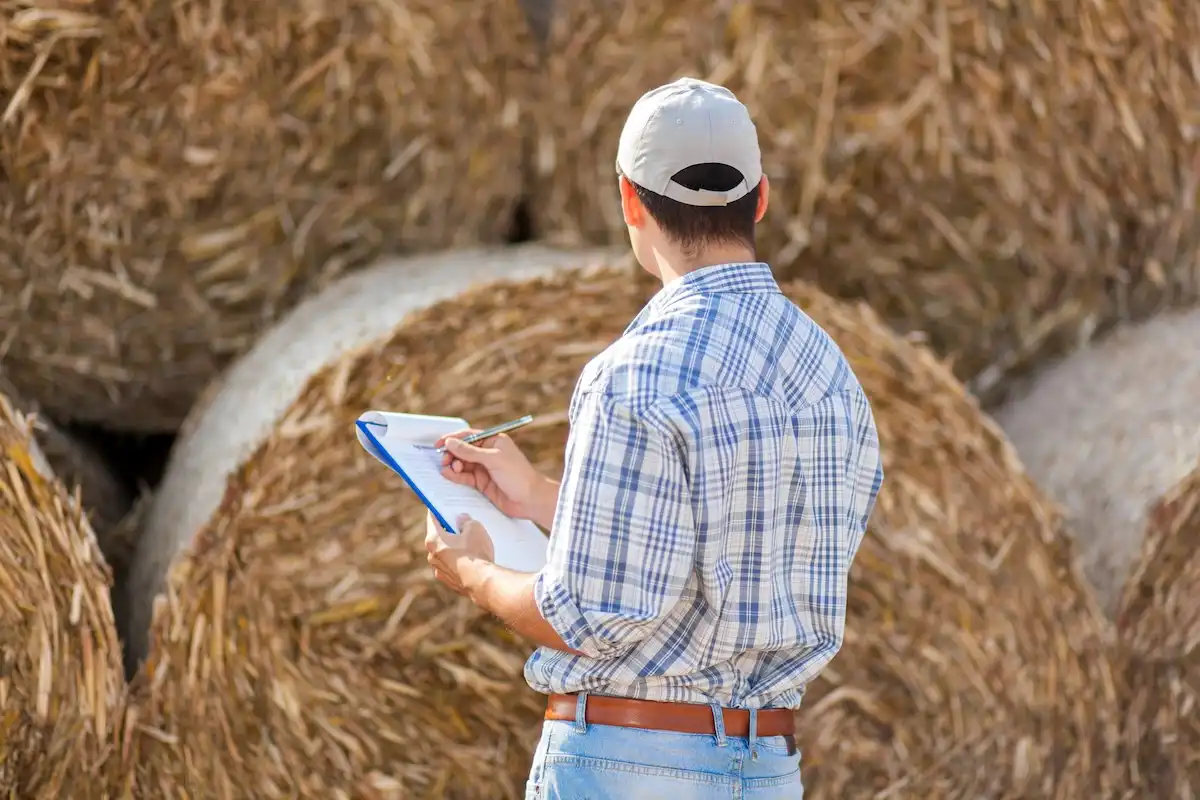H-2A and H-2B visas are two types of temporary visas issued by the United States for foreign workers. The H-2A visa allows temporary agricultural workers to work in the U.S. agricultural sector when there are not enough local workers to meet seasonal demand. This visa is critical to the agricultural industry, as it allows temporary labor to be hired during times of high production, such as harvest. Employers must demonstrate that the employment is temporary in nature and that their offer does not adversely affect the wages of U.S. workers.
On the other hand, the H-2B visa is intended for temporary non-agricultural workers, such as those employed in construction, tourism or hospitality. Demand for this visa has increased in recent years due to labor shortages in specific sectors of the U.S. economy. Like the H-2A visa, employers must prove that they cannot find U.S. workers for those positions.
Both visas represent a solution for U.S. employers in need of temporary workers, while offering foreign workers an opportunity for employment in the U.S., thus contributing to the economy of both countries.
